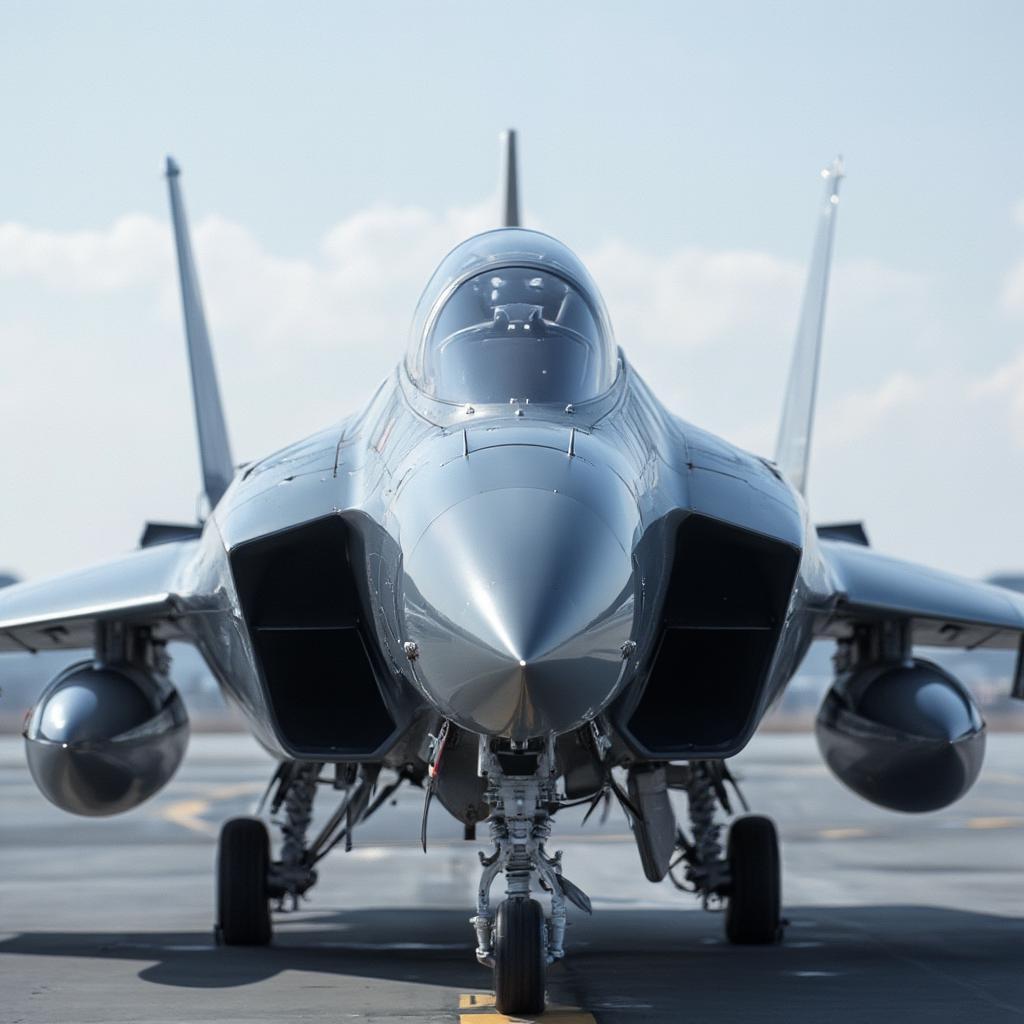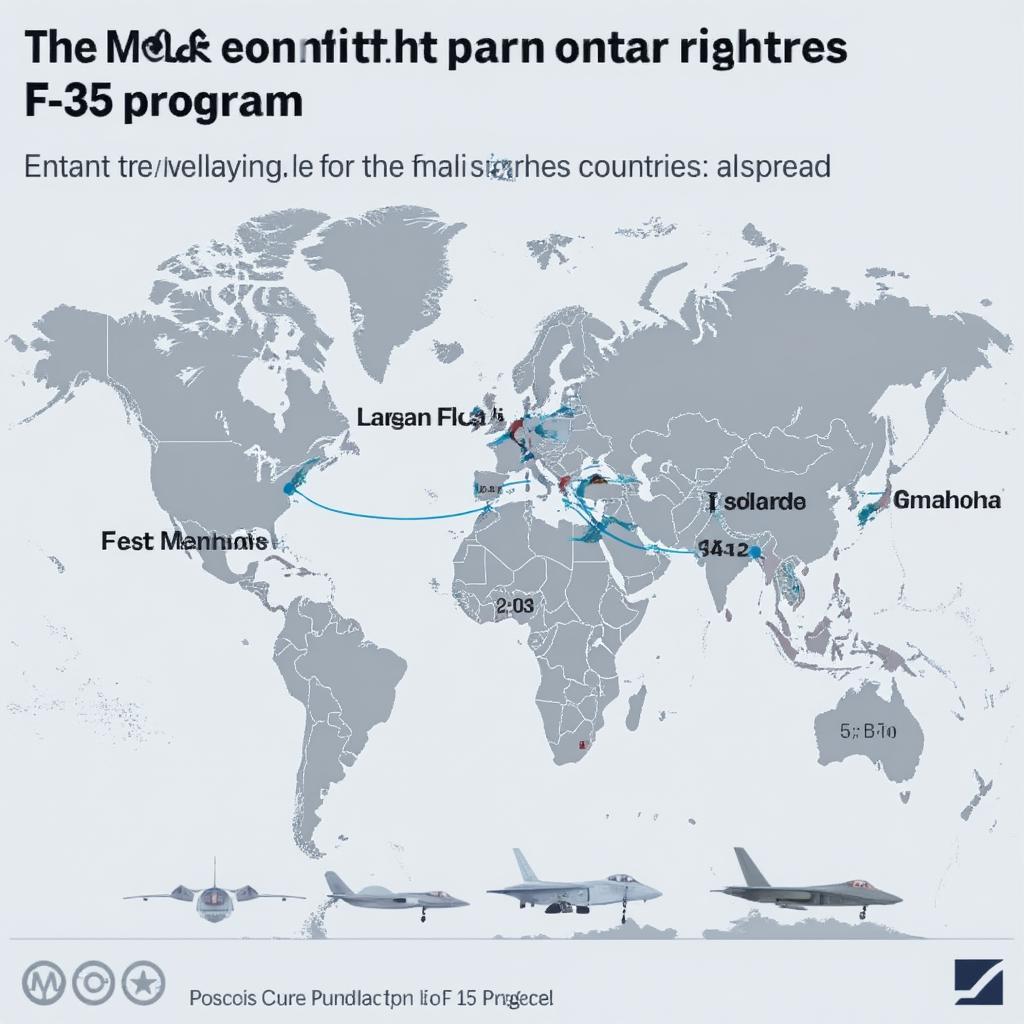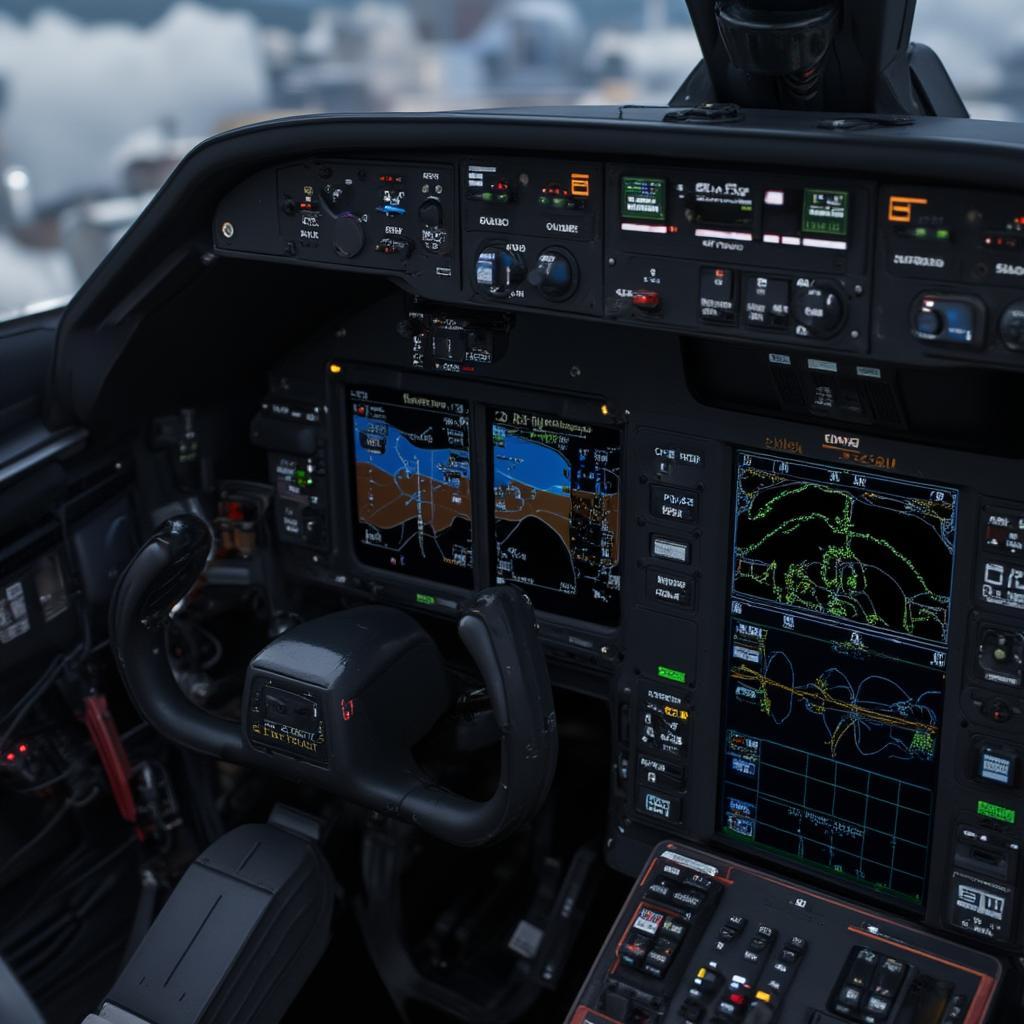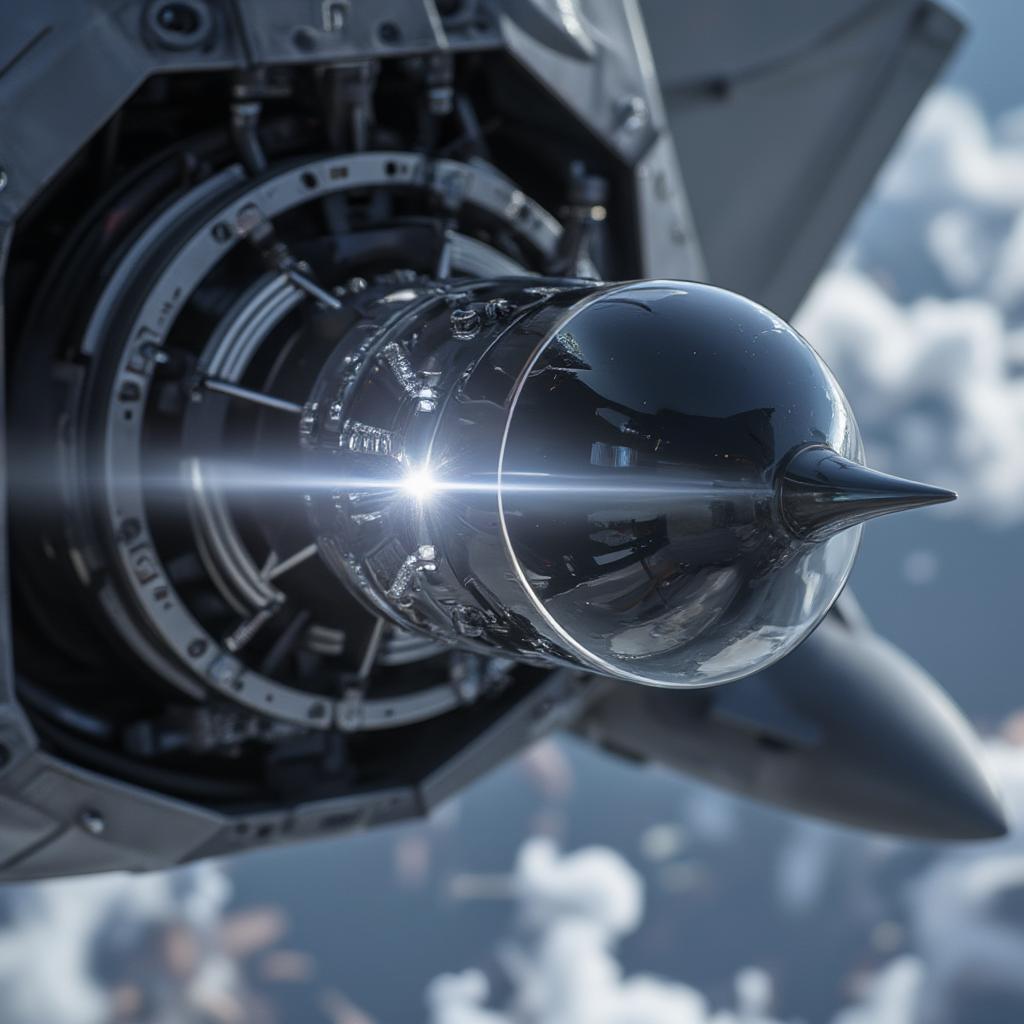Mikoyan MiG-29 Price: Unpacking the Cost of a Cold War Legend

The Mikoyan MiG-29, a name synonymous with Soviet air power, continues to intrigue aviation enthusiasts and military analysts alike. But what exactly does a MiG-29 cost? This isn’t a straightforward question, as numerous factors influence the Mikoyan MiG-29 price, from its production year to its operational status and modifications. Let’s dive into the complexities surrounding the cost of this iconic fighter jet.
The Varied Landscape of MiG-29 Pricing
Unlike purchasing a car where prices are relatively standardized, the Mikoyan MiG-29 price is far more nuanced. It’s not simply a matter of walking into a showroom and picking one up. Several key elements determine its ultimate cost:
- Production Year and Model: The original MiG-29, a product of the Cold War era, has undergone multiple upgrades and variants. Newer versions, such as the MiG-29SMT or MiG-35, which incorporate advanced avionics and weapon systems, command significantly higher prices.
- Condition and Operational Status: A freshly manufactured MiG-29 will obviously cost more than one that has seen years of service. Factors such as flight hours logged, maintenance history, and structural integrity all play crucial roles in pricing.
- Installed Avionics and Weapon Systems: The technology within a fighter jet greatly impacts its value. Older models may feature outdated radar and targeting systems, whereas newer variants boast state-of-the-art equipment, influencing the overall Mikoyan MiG-29 price.
- Included Support Package: The price of a MiG-29 doesn’t just cover the airframe. It also includes training for pilots and mechanics, spare parts, and long-term maintenance contracts, which can dramatically impact the total cost.
- Negotiated Terms: Sales of military hardware often involve complex negotiations between governments and manufacturers. These negotiations can result in varying price points depending on factors like political alliances, payment terms, and additional agreements.

Estimating the Price of a MiG-29: A Range of Values
Given these complexities, pinpointing an exact Mikoyan MiG-29 price is challenging. However, we can look at a general price range:
- Older, Basic MiG-29s: Older, non-upgraded models, particularly those built during the Soviet era, could have a unit price ranging from $15 million to $25 million, depending heavily on their condition and operational readiness. These older airframes may require significant overhauls and upgrades, potentially driving up the total cost.
- Upgraded Variants (e.g., MiG-29SMT): Variants with advanced avionics, such as the MiG-29SMT, may command unit prices between $30 million and $45 million. These versions include updated radars, electronic warfare systems, and enhanced air-to-air and air-to-ground capabilities.
- New Production Models (e.g., MiG-35): The latest iteration, the MiG-35, with its cutting-edge technology, has an estimated price tag that is substantially higher, potentially exceeding $50 million per unit. Its features include an AESA radar, fly-by-wire controls, and increased payload capacity.
“The MiG-29’s price is not a simple number. It’s a culmination of various technical and logistical considerations, which can fluctuate greatly between deals,” notes Dr. Anastasia Petrova, a leading analyst at the National Defense Institute.
Factors Beyond the Sticker Price
It’s crucial to look beyond the upfront price tag when considering the total cost of owning a MiG-29. Several other costs must be considered:
- Maintenance and Overhaul: Fighter jets require intensive and regular maintenance. This includes routine servicing, component replacement, and major overhauls. These ongoing costs significantly contribute to the overall expense of operating a MiG-29.
- Training: Operating a fighter jet demands highly specialized skills. The cost of training pilots and ground crews adds considerably to the overall expense. Comprehensive training programs are vital for the safe and effective operation of these complex aircraft.
- Spare Parts: A continuous supply of spare parts is essential for maintaining operational readiness. These parts can be costly, particularly for older models, and can be difficult to source due to global supply chains and trade restrictions.
- Upgrades and Modernization: The military landscape changes rapidly. Keeping a fighter jet like the MiG-29 relevant often requires upgrades to its avionics and weapon systems. These modernization efforts add significant expenses, which must be factored into long-term budgeting.
The Role of the MiG-29 in Modern Air Combat
The MiG-29, despite its age, continues to play a significant role in the air forces of numerous nations. Its compact design, high maneuverability, and formidable firepower make it a valuable asset in both defensive and offensive operations.
Key Operational Roles:
- Air Superiority: The MiG-29 is primarily designed for air-to-air combat. It boasts a combination of high speed, agility, and a capable radar, allowing it to engage enemy aircraft effectively.
- Ground Attack: Equipped with guided air-to-ground missiles and bombs, the MiG-29 can also perform strike missions against ground targets. This versatility makes it a useful multi-role fighter.
- Intercept Missions: Its ability to quickly scramble and reach high altitudes makes the MiG-29 suitable for intercepting intruding aircraft, providing crucial air defense capabilities.
The Future of the MiG-29
While the MiG-29 was originally designed during the Cold War, it is still relevant in today’s air combat environment. Ongoing upgrades and modernization programs are extending its operational life, making it a valuable asset for countries seeking a capable yet affordable fighter jet. However, with the introduction of fifth-generation fighters, the MiG-29’s prominence is gradually evolving.
“The MiG-29’s legacy is secure, but its future depends on continuous modernization efforts to keep pace with the ever-evolving world of aerial warfare,” adds Major General Mikhail Volkov, a veteran of the Russian Air Force. “Its price will vary based on how nations choose to extend its operational life.”
The Geo-Political Implications of the MiG-29 Price
The Mikoyan MiG-29 price is not just a monetary figure, it also has geo-political implications. Nations acquire MiG-29s as a way to enhance their military capabilities, projecting power in their regions and deterring potential aggressors.
Factors Influencing Acquisitions:
- Affordability: For countries with limited defense budgets, the MiG-29 can be a more affordable option compared to western counterparts. Its lower price point allows nations to maintain a reasonable air force without crippling their economies.
- Political Alliances: Military hardware acquisitions often reflect political alliances. Countries with historical ties to Russia are more likely to opt for Russian-made aircraft like the MiG-29.
- Technological Considerations: The technology built into a modern MiG-29 variant remains competitive, which influences a nation’s decision to acquire such an aircraft rather than investing in an entirely new platform.
The Value Proposition of the Mikoyan MiG-29
Ultimately, the Mikoyan MiG-29 price is a complex calculation that involves not just the initial purchase cost, but also long-term maintenance, training, and potential upgrade expenses. Despite the complexities, the MiG-29 remains a powerful and capable fighter jet that serves in the air forces of numerous nations worldwide. It represents a balance between affordability and combat capability, making it a significant player in the global aviation landscape. It also represents a critical component of air power for nations seeking to defend their airspace.
Key Takeaways
- The price of a MiG-29 is highly variable, depending on numerous factors.
- Older models may be affordable initially, but require considerable maintenance.
- Newer variants like the MiG-35 come with significantly higher price tags.
- The total cost of ownership includes maintenance, training, and upgrades.
- The MiG-29 remains an important asset for numerous countries globally.
Conclusion
Understanding the Mikoyan MiG-29 price requires delving deeper than the initial cost. It involves an examination of the complexities of military procurement, technological upgrades, and the geo-political forces driving nations’ defense acquisition choices. While newer generations of aircraft emerge, the MiG-29 continues to provide critical aerial capabilities to nations seeking effective yet comparatively affordable fighter jets. Its legacy as a workhorse of the Cold War and beyond will continue to shape the landscape of global air power.
FAQ about Mikoyan MiG-29 Price
1. What is the average price range for a used MiG-29?
The price range of a used MiG-29 can vary dramatically. Older, less advanced models may be available for $15 to $25 million, but those are often in need of significant maintenance and modernization.
2. How does the MiG-29’s price compare to western fighter jets?
Typically, the MiG-29 is more affordable than most western counterparts like the F-16 or F-35. This makes it a viable option for nations with smaller defense budgets.
3. Does the Mikoyan MiG-29 price include training for pilots and mechanics?
Often the price will include basic training, but additional courses or advanced programs can often increase the overall cost. It’s a crucial part of an acquisition agreement.
4. How much does it cost to maintain a MiG-29?
The ongoing maintenance costs of a MiG-29 can be substantial, potentially ranging from several hundred thousands of dollars per year, including overhauls and spare parts. The final figure heavily depends on age and model.
5. What upgrades are usually included in newer MiG-29 models, and how do they affect the price?
Newer variants, such as the MiG-29SMT or MiG-35, feature upgrades to radar, avionics, electronic warfare systems, and weapon delivery, significantly increasing their price, in some cases by over 50 percent.
6. What is the cost difference between a MiG-29 and a MiG-35?
The MiG-35 is significantly more expensive due to its advanced features, including AESA radar, fly-by-wire controls, and increased payload capacity, making it over 20% more expensive than the most advanced MiG-29 variant.
7. Why would a country choose a MiG-29 over a more expensive western option?
Countries often opt for the MiG-29 due to its lower price point, political alliances, and technology that matches their needs, offering a viable alternative to high-cost western jets.
8. Are there any long-term service agreements bundled with a MiG-29 purchase?
Long-term maintenance and support contracts are often negotiated and are critical to the viability of a purchase, often impacting the total cost.
9. How does the MiG-29’s age impact its operational value and price?
Older MiG-29s have lower market values, and may require significant investment for modernization, while newer models or upgraded variants maintain a higher value and are more combat effective.




